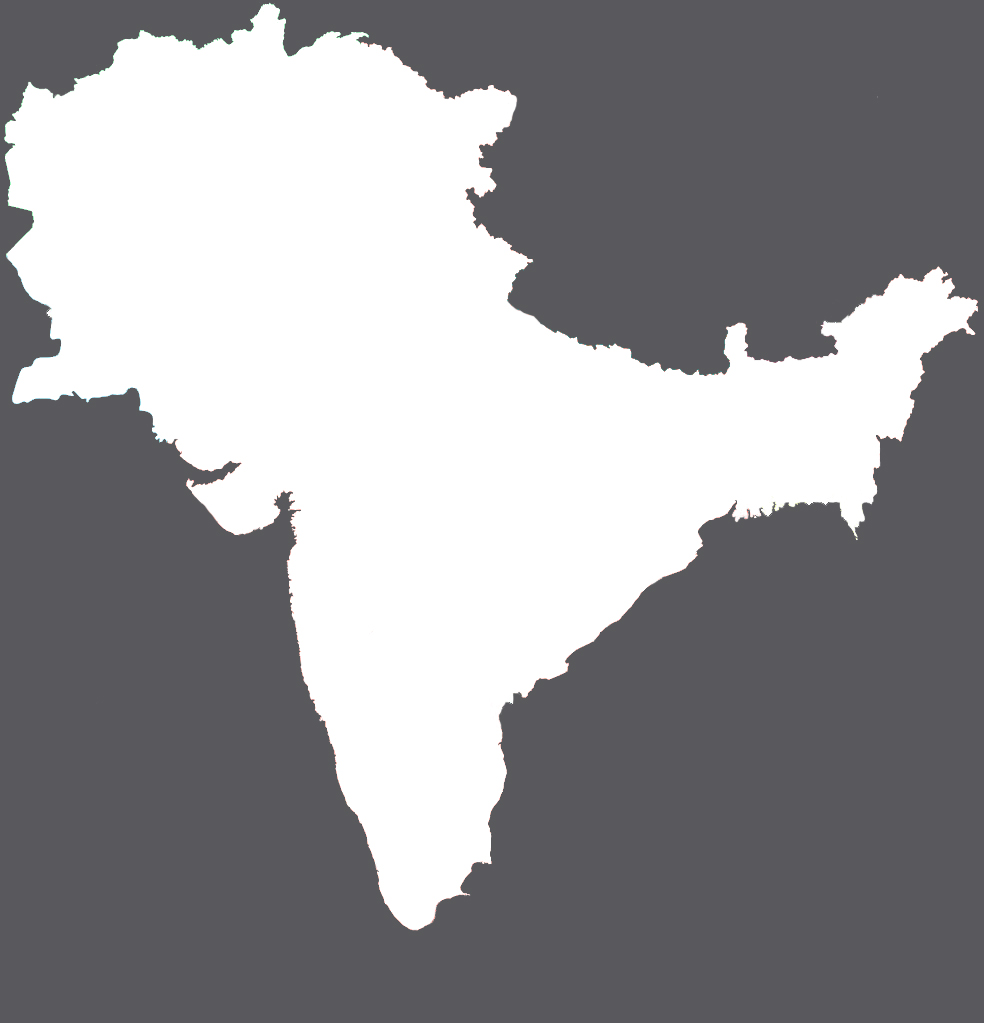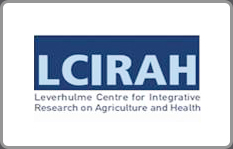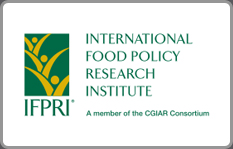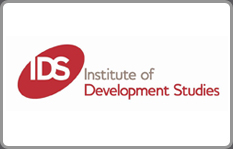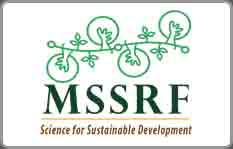For India to balance nutritional security and environmental protection, improving the quality of vegetarian diets to incorporate greater diversity remains a challenge, a section of experts have said in the wake of the launch of a report on a proposed planetary health diet.
LANSA in Media
Dietary diversity, behaviour change in Indians key to better health and environment - Mongabay, January 22, 2019
Women lawmakers vow to struggle for female agriculture workers’ emancipation - DAWN-August 30, 2018
Women parliamentarians on Wednesday vowed that they would work hard irrespective of their party affiliations for emancipation of womenfolk especially female agriculture workers in rural swathes of Sindh and the rest of the country.
‘46 per cent of children up to three months are stunted in rural Sindh’ - The News International - September 1, 2018
In Pakistan, women make up a majority of the agricultural workforce, but their contribution remains unacknowledged in policy and public debates. Women agricultural workers undertake difficult physical labour, working long hours in unsafe conditions and are paid lower wages compared to their male counterparts.
Venkaiah Naidu bats for nutrition-sensitive agriculture, home-grown food security - The New Indian Express - July 30, 2018
Venkaiah Naidu says that the country must no longer depend on imported food security and at the same time that there must be diversification of crop production to include millets and pulses.
Leveraging agriculture for nutrition - The Financial Express, 28 July 2018
Abdul Bayes | While the role of agriculture has been recognised as a supplier of food in the past, very little attention has been reportedly paid on its role in the mitigation of malnutrition. It is thus no wonder that Bangladesh has been caught in the quagmire of "Asian Enigma," where food surplus exists alongside the nutritional deficit. Keeping in mind that we should search for...
MSSRF to hold Natl Consultation on leveraging agriculture for nutrition on Jul 29 - United News of India-25 July 2018
Malnutrition was a persistent problem among women and children in India which, despite efforts by governments for decades, continues at unacceptable levels.
Malnutrition among children in coastal, haor areas high: Study - Daily Sun, 24 July 2018
Children living in coastal and ‘haor’ regions of Bangladesh are 1.5 times more likely to be stunted, a study said.This was revealed at a seminar titled ‘Leveraging Agriculture for Nutrition in Bangladesh’ held at BRAC Centre in the capital on Monday.
Malnutrition higher in BD’s coastal, haor regions: study - The New Age, 24 July 2018
Children living in the coastal and haor areas of Bangladesh were 1.5 times more likely to be stunted, according to a study.The study report was disseminated during a seminar titled ‘Leveraging agriculture for nutrition in Bangladesh’ organised by the Leveraging Agriculture for Nutrition in South Asia and Brac at the Brac Centre on Monday, said a press release.
লানসা-ব্র্যাকের সেমিনার: হাওর ও উপকূলীয় এলাকায় পরিবার প্রতি আয় ১৬ শতাংশ কম - The Sangbad, 24 July 2018
বন্যাপ্রবণ ও হাওর এলাকায় পরিবার পিছু আয় অন্য এলাকার পরিবারের চেয়ে ১৬ শতাংশ কম। জলাবদ্ধতা, লবণাক্ততা ও স্বতন্ত্র ভৌগোলিক বৈশিষ্ট্যের কারণে এসব এলাকাগুলো আর্থনৈতিকভাবে পিছিয়ে রয়েছে। গতকাল রাজধানীর ব্র্যাক সেন্টারে আয়োজিত ‘বাংলাদেশের পুষ্টি উন্নয়নে কৃষির ভূমিকা’ শীর্ষক সমাপনী সেমিনারে এ তথ্য তুলে ধরা হয়। এতে বলা হয়, দেশের অন্যান্য অঞ্চলে যেখানে খর্বকায় শিশুর সংখ্যা ৩০.৯ শতাংশ, সেখানে...
লানসা ও ব্র্যাকের সেমিনারে তথ্য: অপুষ্টি বেশি হাওর ও উপকূলীয় এলাকায় - Samakal, 24 July 2018
দেশের অন্যান্য অঞ্চলে যেখানে খর্বকায় শিশুর সংখ্যা ৩০ দশমিক ৯ শতাংশ, সেখানে হাওরে এই হার ৪৬ দশমিক ৬ শতাংশ। হাওরে কম ওজনের শিশুর হার ৪৪ দশমিক ৫ শতাংশ। অথচ দেশের অন্যান্য অঞ্চলে এ হার ৩৪ দশমিক ১ শতাংশ। আবার বন্যাপ্রবণ এলাকায় পরিবারপিছু আয় অন্য এলাকার পরিবারের চেয়ে ১৬ শতাংশ কম। জলাবদ্ধতা, লবণাক্ততা ও ভৌগোলিক বৈশিষ্ট্যের কারণে হাওর ও উপকূলীয় এলাকায় এ চিত্র লক্ষণীয়।

